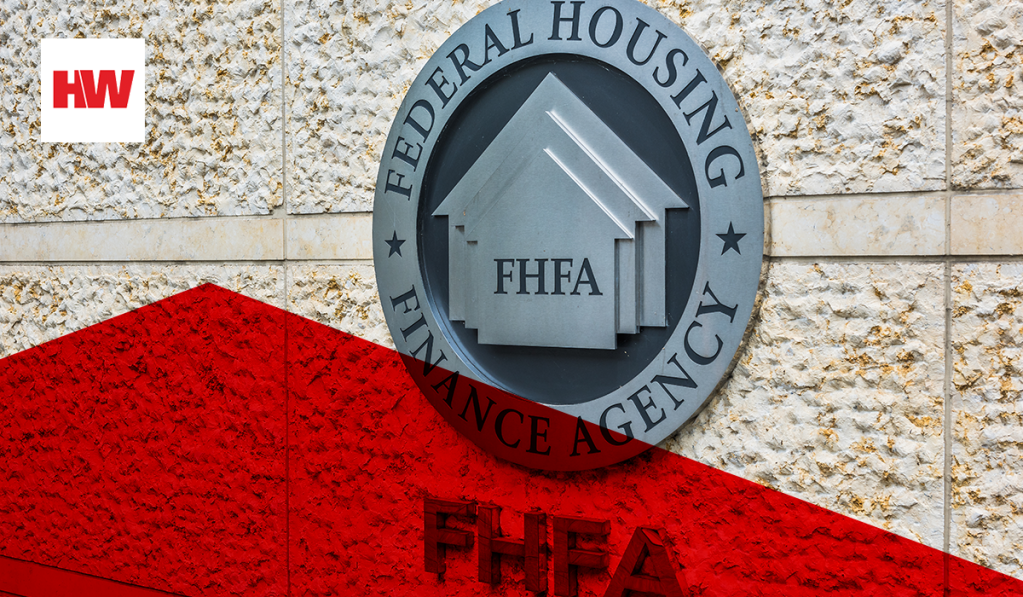A coalition of 77 banking trade groups led by the American Bankers Association (ABA) and the Independent Community Bankers of America (ICBA) has asked the Federal Housing Finance Agency (FHFA) to modify an existing rule which allows banks to access lower-cost funding from the Federal Home Loan Bank (FHLB) system even if they report that they currently have negative tangible capital.
“Although bank capital regulations were updated a decade ago, [current regulations direct] the Federal Home Loan Banks (FHLBs) to use tangible capital in assessing a commercial bank’s creditworthiness for purposes of issuing advances,” the letter reads in part. “In the event that a bank does not meet the required tangible capital levels, it could be denied access to the FHLB advance system unless its Primary Federal Regulator (PFR) requests in writing that an advance be made or rolled over.”
In other words, the current rule says that banks that report negative tangible capital cannot access FHLB banks unless they receive what is essentially a waiver from their PFR. The rule as it stands, the groups believe, would perpetuate a “misalignment” in existing regulations and could create “significant administrative bottlenecks between the FHLB and the banking regulators,” they said.
Current financial issues including the impact of the COVID-19 pandemic on many banks’ balance sheets combined with general “monetary tightening” could exacerbate existing problems, the letter reads. Smaller, community banks may be put at particular risk in the current climate of heightened inflation and economic volatility, the letter says.
“Making the change from tangible capital to regulatory capital in the near term, prior to any future stress, would help to ensure that banks, particularly smaller banks, have seamless access to an important liquidity tool without compromising the FHLBs’ ability to screen for troubled institutions or work with a bank’s PFR,” the letter reads. “Failure to fix this inconsistency in the regulations may exacerbate a stress as banks continue to navigate rising rates and the ongoing macroeconomic volatility.”
The ability for banks to provide credit to U.S. businesses and households could be negatively impacted unless the requested change is made, the letter says, particularly in more vulnerable areas of the nation’s economy.
“We encourage the FHFA to work closely with the banking agencies to better align Section 1266.4, and recommend the FHFA consider adjusting for unrealized gains and losses across its body of regulations,” the groups say.
In September, HousingWire reported that the Independent Community Bankers of America argued that the FHFA should not permit nonbank lenders and real estate investment trusts to become members of the $1 trillion FHLB system.
The FHFA is conducting a comprehensive review of the 90-year-old FHLB system – currently composed of 11 regional FHL banks and about 6,800 member institutions – beginning in the fall.





